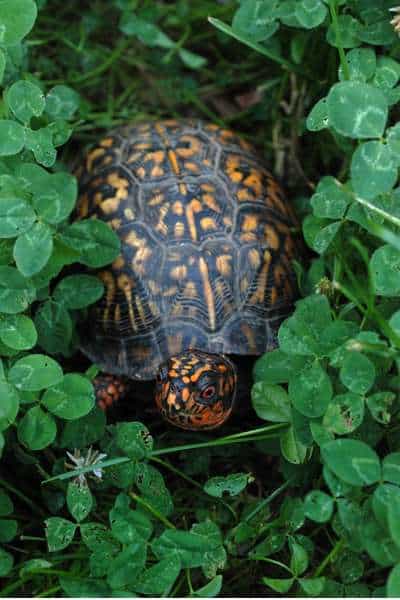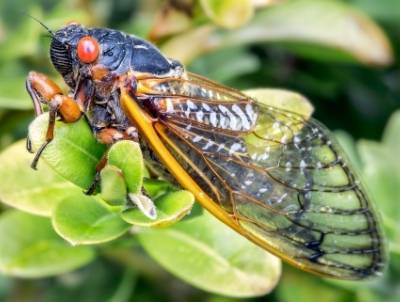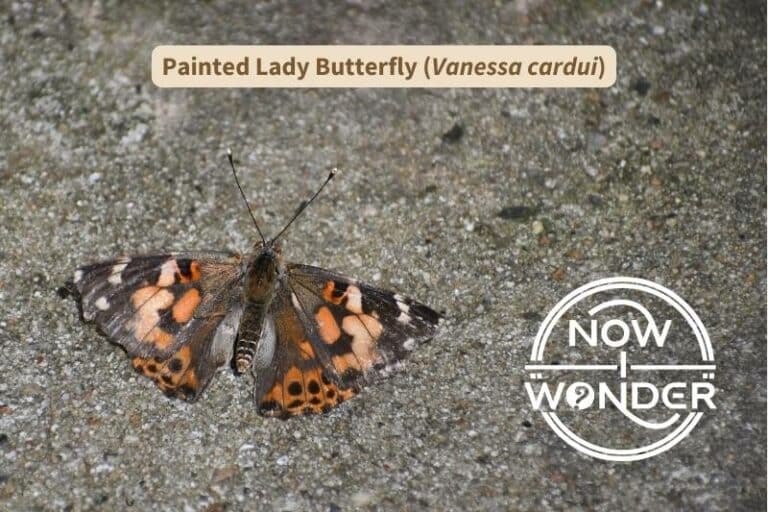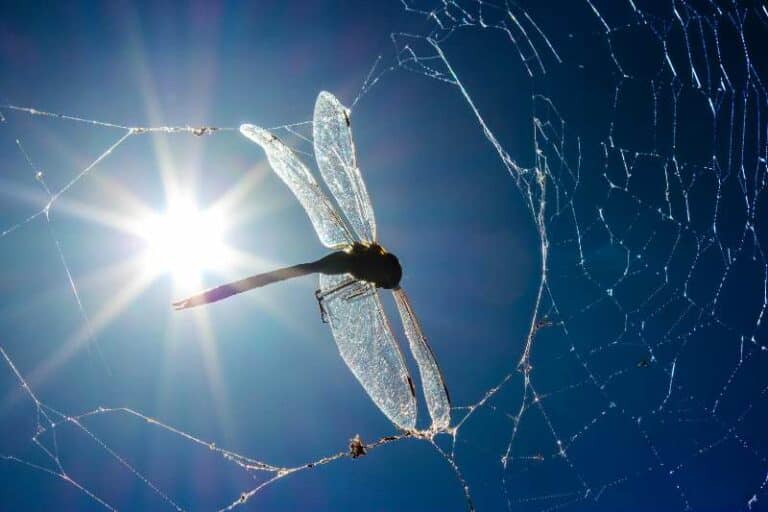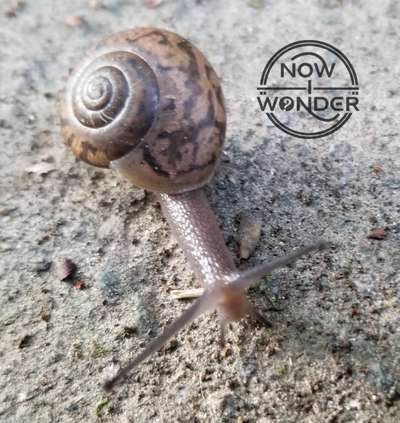All alligators are expert swimmers. Alligators live much of their lives in the water, either underwater or floating just under the surface. As semi-aquatic carnivores, they swim to intercept and attack prey, can remain submerged for long periods, and have special adaptations to avoid drowning.
Alligators belong to order Crocodylia, which also includes crocodiles and the less well-known gharials. The southeastern United States boasts three species of crododilians: the spectacled caiman (Caiman crocodilus), the American crocodile (Crocodylus acutus), and the American alligator (Alligator mississippiensis), which is by far the most common. All three swim extremely well and are dominant predators in their respective habitats. Read on to learn how their swimming ability contributes to their success.
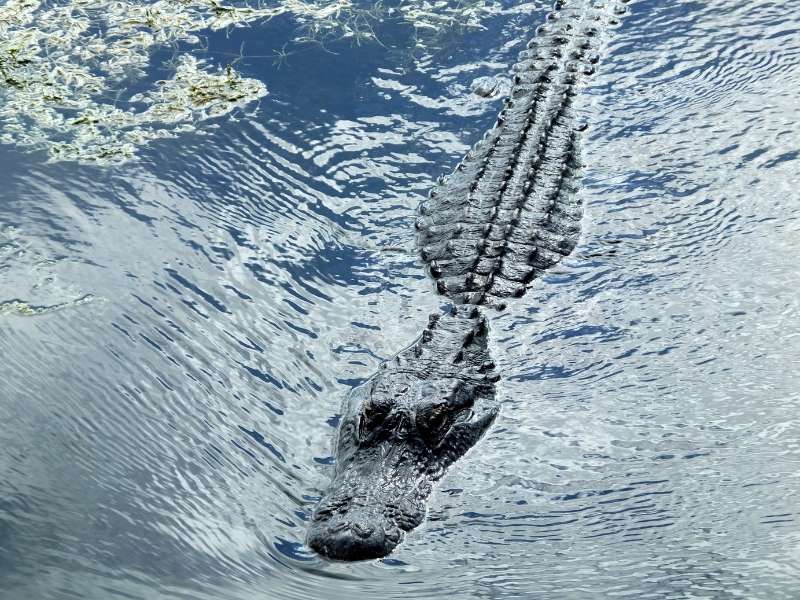
How alligators swim
Alligators have long, thickly muscled tails and webbed hind feet, which they use in different ways to swim at different speeds. Four different types of swimming styles have been identified in alligators; treading water, paraxial swimming, hybrid swimming, and axial swimming (Grigg and Kirshner 2015).
The following descriptions are summarized from a truly excellent book, “Biology and Evolution of Crocodylians” by Gordon Grigg and David Kirshner, which I wholeheartedly recommend. It is available from Amazon.
Treading water
Alligators “tread water” when they are floating in water too deep for their feet to contact the ground. Every once in a while, they gently paddle their hind feet, mostly to keep from drifting away from the location in which they want to remain. When they choose to, they perform a notorious trick – disappearing beneath the water surface quickly and with barely a ripple – by sweeping their hind feet forward to pull themselves backward and dropping their heads.
Treading water in alligators looks very different from treading water in humans, though. Humans are much denser than water so naturally sink, but more importantly, we can’t adjust our buoyancy very well at all. Therefore, we must put a lot of energy into keeping our heads above water and can only tread water for short periods of time before becoming exhausted.
In contrast, alligators control whether they float or sink very easily. For them, the “treading water” movement is much more gentle and used for occasional repositioning only; they are in no danger from the water and need not worry about tiring themselves out and drowning.
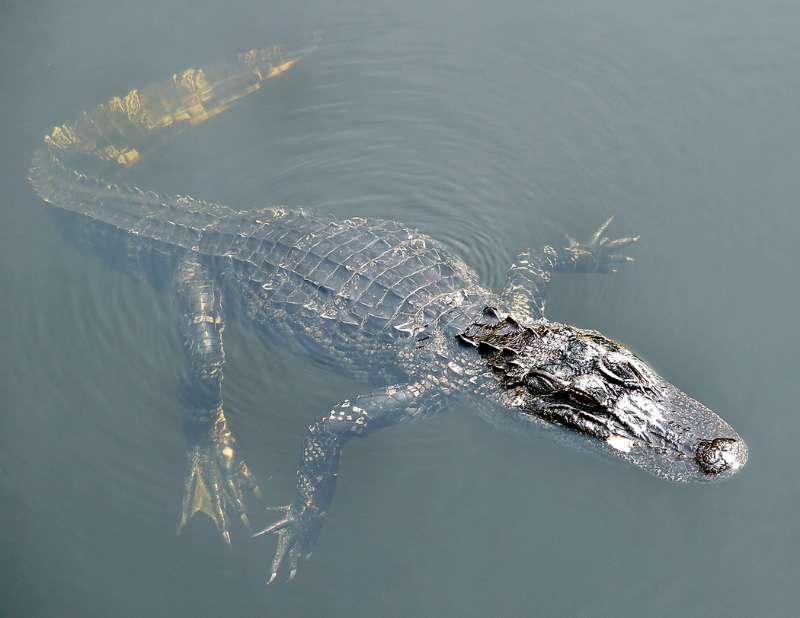
Paraxial swimming
Paraxial swimming is slow speed swimming and involves mostly the legs. Alligators moves their four limbs in the same alternating pattern as when walking on land. Their front feet are not webbed so slip through the water without contributing much propulsion. But their webbed hind feet generate a lot of force against the water and easily propel their streamlined bodies through the water.
Hybrid swimming
Hybrid swimming is a combination of paraxial and axial swimming. Hybrid swimming retains the alternating “walking” pattern of the legs but the alligators’ tails undulate to generate more thrust. Hybrid swimming is still relatively relaxed swimming; although the tails help propel the alligators through the water, they are not pushing with anything close to their maximum power.
Axial swimming
Alligators use axial swimming when they want to swim fast or attack. This mode involves only their tails.
Instead of using a combination of legs and tail movements, alligators will pull their legs close to their bodies to further streamline and lessen resistance. The tails provide the power to pick up speed as they lash against the dense water.
Alligator tails are long, heavy, and very powerful; they can propel these reptiles through the water very quickly. American alligators (Alligator mississippiensis) can easily swim faster than a person can paddle a canoe and can lunge from the water at more than 30 mph (Jean Lafitte National Historical Park Natural History Series, date unknown) – a sobering thought given that these ambush predators can grow to over 19 feet (5.84m) (Behler and King 2020).
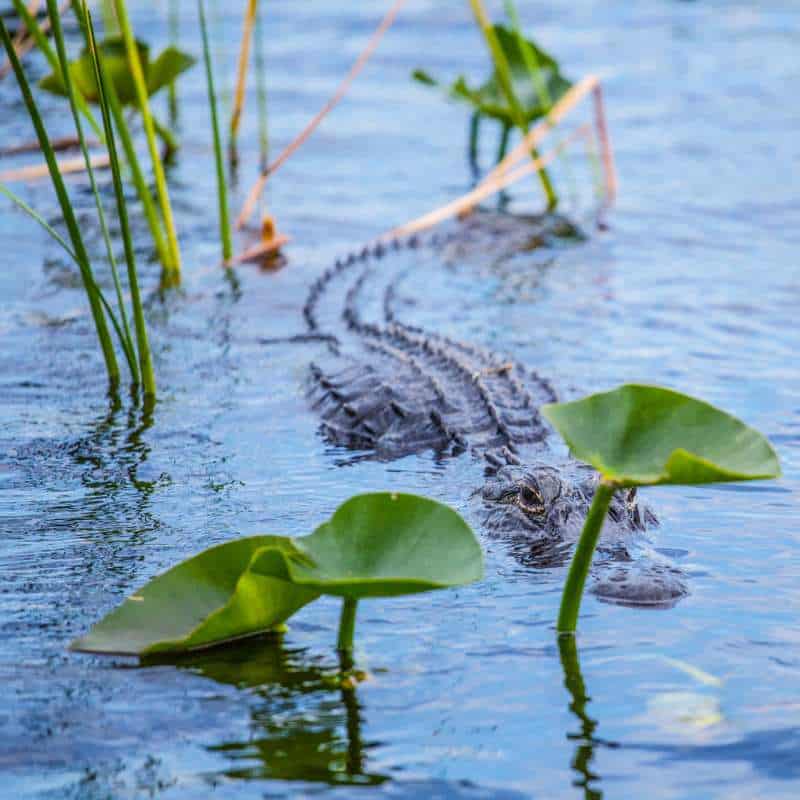
How alligators float
Moving through water under muscular power is obviously a large part of swimming but an equally important part is buoyancy, or how easy it is for a swimming animal to float when submerged in water.
Alligators are extremely good at managing their buoyancy and can easily maintain their position in the water column, whether they are floating or completely submerged. They can float either low or high in the water, depending on what they wish to accomplish.
Alligators are ambush hunters so rely on the element of surprise. When hunting, they will float very low in the water to remain inconspicuous. They stay almost completely submerged, exposing only their eyes and upturned nostrils; the rest of their bodies are hidden beneath the surface. They use tiny movements of their webbed hind feet and tails to approach their prey without being seen.
If the water near the shoreline is deep enough, alligators may maneuver slowly to within striking distance, drop beneath the surface with nary a ripple, close the gap by swimming underwater, and then erupt to snap their jaws around the unlucky victim.
On the other hand, sometimes alligators need to ride higher in the water. One scenario in which they will float and swim with more of their bodies exposed is when they want to communicate with each other or display for potential mates. Another is when swallowing small prey whole; they rise up in the water, use their webbed hind feet and tails to maintain position, and then throw their heads up and back to bring the prey to the back of the mouth.
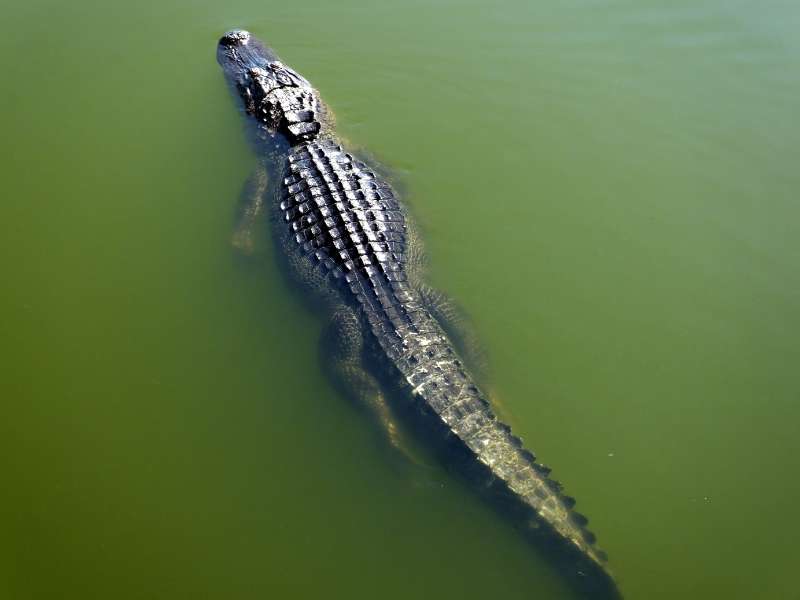
Swimming and alligator distribution
Although all crocodilians live and hunt in water, their habitats are restricted to shorelines and banks; none live permanently in open water or the ocean.
Some species, like the enormous saltwater crocodile (Crocodylus porosus), can tolerate long periods in salt water which is 35% saline. But most are restricted to fresh or brackish water, like Australia’s freshwater crocodile (Crocodylus johnstoni), whose upper limit for salinity is 24% (“Freshwater crocodile, Australian Museum, date unknown).
Salt water forms an effective barrier against the spread of freshwater species across oceans but some more salt-tolerant species have extended their range by virtue of being swept out to sea by strong storms. Instead of drowning, they float and swim with the ocean currents until they wash up on distant shorelines safe and sound. If enough males and females of the same species reach the same location, they can establish a breeding population.
One example of this is the American crocodile (Crocodylus acutus), which is salt-tolerant and lives in the lower parts of rivers where fresh river water meets salt water. They are found on the most southeastern tip of Florida in the United States as well as a range of Caribbean islands, through Central America, and into the northern part of South America. The ancestors of the current populations survived their journeys across the intervening oceans in large part because they can swim so well.
Alligators, like all crocodilians, are superbly adapted for swimming and for their semi-aquatic lifestyle. They can swim smoothly, quickly, and with great precision thanks to the combination of their tails, webbed hind feet, ability to control buoyancy, and range of swimming styles. This lets them drift almost imperceptibly closer to targeted prey, sneak into position underwater, and power their shocking attack lunges.
Related Now I Wonder Posts
To learn more about alligators, check out these other Now I Wonder posts:
References
“American Alligator”. Jean Lafitte National Historical Park and Preserve, Barataria Preserve, Natural History Series. Date unknown.
“Freshwater crocodile”. Australian Museum, date unknown. Available at: https://australian.museum/learn/animals/reptiles/freshwater-crocodile/
Grigg G and Kirshner D. 2015. Biology and Evolution of Crocodylians. Collingwood: CSIRO Publishing.
Halliday T and Adler K, editors. 1987. The encyclopedia of reptiles and amphibians. New York: Facts on File Inc.

